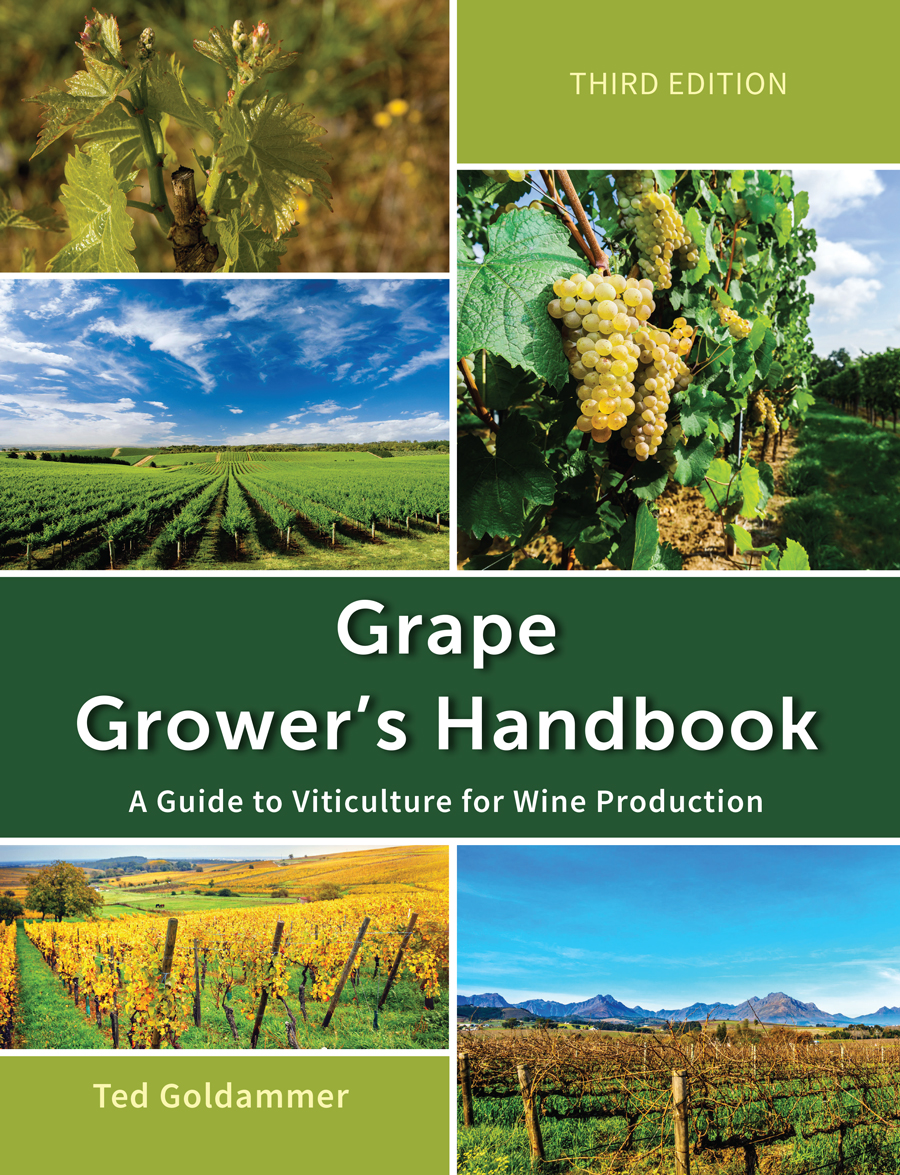Vineyard Weed Management
Chemical Weed Control
Herbicides
When properly used, herbicides registered for use in vineyards can control most weed species. In many vineyards, combinations and/or sequential applications of herbicides are required to provide effective, economical control. Before using any herbicide, identify the weed species to be controlled, then read and follow product label directions carefully. More commonly growers apply herbicides as vine-strip (the under-vine area) treatments rather than in alleys (the inter-row area). It is not necessary to maintain a totally clean strip under the trellis all summer long.
Herbicide Treatment Options
Treatment Options in Young Vineyards
Weed management is critical around young vines where weeds compete for nutrients, water, and light. Weedy vineyards may take 1 to 2 years longer than those that are weed-free to become economically productive. (From an economic standpoint, however, it is important to compare the costs of weed management with the benefits of earlier production.)
Treatment Options in Established Vineyards
It takes 3 to 4 years for a vineyard to become established under normal growing conditions. Established vines are more tolerant of many herbicides than newly planted vines, thus increasing the options available for weed control. There are three programs growers can consider. They include a spring preemergence application, which is a traditional approach; the delayed pre-emergence option; and the fall/ spring split option (Mitchem et al. 2005).
Spring Pre-emergence Option. Traditionally, a vineyard herbicide program has consisted . . .
Delayed Spring Pre-emergence Option. The delayed pre-emergence herbicide program requires a spring glyphosate application. The spring application should be made prior to bud break.
Fall/Spring Split Option. The fall/spring split is the third option that growers should consider. This program begins with a fall pre-emergence application in combination with non-selective burn down herbicide like Gramoxone Max or Rely applied after harvest.
Spring/Summer Split Option. In addition, the grower has the option with a spring/ summer split. This option consists of an early spring application of glyphosate with Chateau. Another application of glyphosate with Chateau should be applied mid-summer when control from the initial application begins to fail and emerging weeds are 2 to 4 inches tall.
Application Rate of Herbicides
The appropriate rate of herbicide to apply in the vineyard depends on several factors. Pre-emergence herbicides are soil active, and the effective concentration to use depends upon soil type. Generally, more preemergence herbicide is needed to control weeds on finer texture soils (clays and silts) than on coarser soils (sands and gravels). For some herbicides, the rate should be increased when the soil has a high organic matter content. The proper rate of both pre- and post-emergence herbicides to be used is also influenced by the species of weeds to be controlled.
Timing of Herbicide Applications
The correct timing of herbicide application in the vineyard depends on several factors. Some herbicides are more soluble than others, and move more quickly through the soil. More soluble herbicides should be applied just prior to weed emergence in the spring; fall application might result in movement in the soil below the weed seed germination zone.
Equipment Used in Applying Herbicides
To reduce the hazard of injury to vines as well as to ensure the maximum effectiveness of the herbicides applied, select your equipment and its use carefully
Other Herbicide Considerations
Symptoms of herbicide activity may not be noticeable for up to 14 days after application when using glyphosate, sethoxydim, clethodim, or fluazifop (Roundup, Poast, Select, Fusilade, respectively). Effects of glufosinate, and paraquat (Rely and Gramoxone, respectively) are noticeable within 1 to 3 days. Some post-emergence herbicides require the addition of a surfactant or crop oil concentrate to improve herbicide activity.
Click on the following topics for more information on vineyard weed management.

